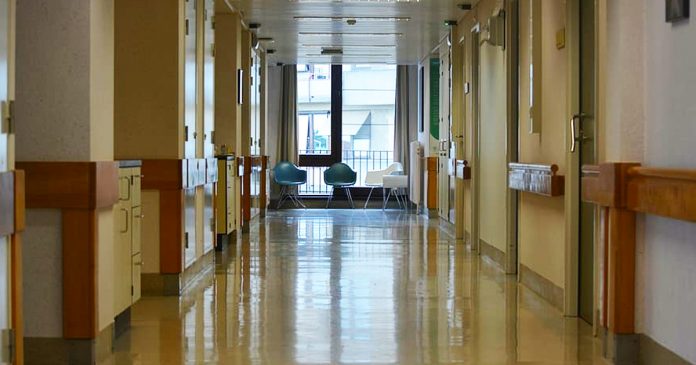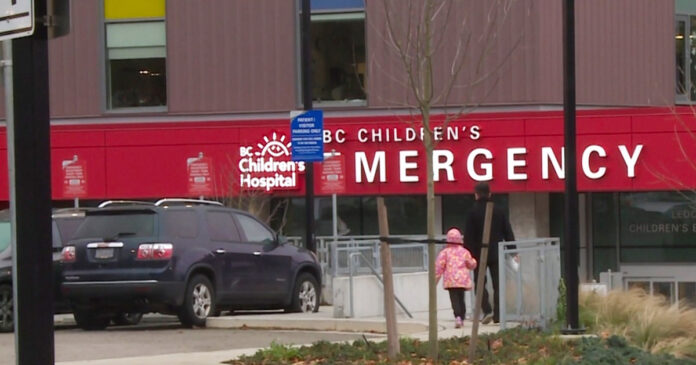The “Common Sense Revolution” of Mike Harris, Ontario’s premier from 1995-2002, continues to loom large as a recurring motif in Canadian politics. Many conservatives see it as a principled case to emulate. But to opponents it was neoliberalism at its coldest – a series of ruthless spending cuts, privatization and attacks on labour rights.
Both sides typically see the Harris years as a stark exception to Ontario’s record of moderate, gradual and unexciting government. The popular view is that the 1995 election marked a decisive break from the Red Toryism of the past, the moment when a new leadership, drawing inspiration from Margaret Thatcher and Ronald Reagan, began pursuing a transformative “neoliberal” vision of small government and individual self-reliance. This ushered in a polarizing and controversial era that continues to be felt today.
As the new book The Harris Legacy: Reflections on a Transformational Premier (Sutherland House, 460 Pages) confirms, Harris’ tenure was indeed impactful. After a sweeping electoral victory in 1995, his government moved quickly to implement its main policy goals.
It followed through on its promises to cut total government spending by 20% and to reduce income taxes by 30%. It comprehensively reorganized the administration and funding structures of social assistance, education and healthcare, introducing “workfare” and standardized testing.
At the same time, it rolled back labour provisions for public-sector employees and implemented a range of accountability measures like the “sunshine list.” It sought to shrink and streamline both government and administration, reducing the number of MPPs and amalgamating municipalities and regions across the province.
The government also managed to deliver a few balanced budgets, and the economic statistics strongly suggest it returned Ontario to a track of strong, consistent economic growth and job creation.
Throughout, it generated considerable controversy and pushback from a range of opponents, most notably bitter and publicized battles with nurses’ associations, teachers’ unions and progressive social activists. Arguably the worst such event was the “Queen’s Park Riot” of June 15, 2000, in which protesters from the Ontario Coalition Against Poverty violently clashed with police.
It is inaccurate and misleading, however, to evaluate Harris and the Common Sense Revolution predominately through a neoliberal revolutionary lens. The reality that the contributing authors to The Harris Legacy – all of them credible policy experts and/or former senior political operators – amply portray was more nuanced and presents a government that was more conventional and pragmatic than is popularly perceived.
The Harris government’s more drastic behaviour was less the product of ideological commitment than it reflected the prevailing mood of a broken status quo. Rather than emerging from a conviction that neoliberalism was a universal prescription for government, Premier Harris’ drastic actions were a mainly pragmatic – or “common-sense” – response to Ontario’s dire situation.
By 1995, Ontario had been suffering under a sustained recession and spiralling government debt at high rates of interest – what Harris dubbed the “lost decade”. While these were challenges across Canada, the situation was particularly problematic in Ontario as the province – historically Canada’s economic and manufacturing centre – was also struggling to adjust to global market shifts.
Amidst this economic stagnation, Bob Rae’s NDP government from 1991-1995 failed to find balance between its promises of increased social spending and an increasingly unsustainable expense-generating cost structure. The NDP were undone by a double bind: even as they raised taxes, the faltering economy delivered progressively less revenue, all while unemployment and welfare claims soared.
Progressive Conservative party polling showed that most Ontarians favoured major change over mere tinkering, their urgency motivated by a sense that the NDP and Liberals before them had equally failed to bring about serious reforms.
At the same time, a diverse range of voices across the West had been advocating substantial decreases in the size of the public sector to reduce interest rates and spur economic growth. The general corporatization of public service delivery had come into fashion, emphasizing efficiency, administrative consolidation, market incentives and customer satisfaction.
So in pursuing fiscal responsibility, the Harris government was following what many governments of that period were doing, not only the aforementioned Reagan and Thatcher during the 80s, but the Clinton Democrats in the early 90s and, right around the same time as the Common Sense Revolution, the Chretien Liberals in Canada.
This more modest ideological orientation entailed that, beyond this relatively narrow scope of fiscal restraint and economic competitiveness, the government was far more pragmatic. While it drew upon abstract conservative policy principles in some cases, it followed prevailing expert wisdom in others. For instance, its approach to healthcare, infrastructure development and the environment was highly technocratic and driven by expert opinion.
At the same time, there were highly publicized examples of privatization alongside several points when the government opted against market-based measures. By the time of Harris’ resignation in 2002, the government’s spending had gradually returned to the more conventional practice of increasing per capita spending to match growth in revenue.
Put simply, the Harris government – while loosely conservative – got on with the business of governing. It embodied, as does every administration, the tensions between political theatre and pragmatism. It is – for better or worse – an illustration of the relatively narrow scope of political discourse in Canada that Mike Harris, a right-leaning moderate by global standards, is habitually placed at the far end of our ideological spectrum.
The original, full-length version of this article was recently published in C2C Journal.
Sam Routley is a PhD Student in Political Science at the University of Western Ontario.



























